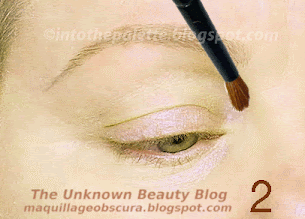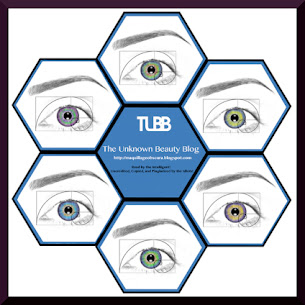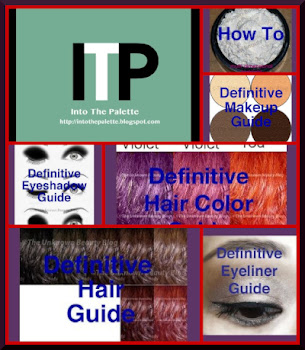As you know, your hair is made up of the three primary pigments: blue, red, and yellow. I won’t go into the specifics since it has been covered before. And, depending on which color has the majority, that is the color you have: blue = black or dark browns; red = browns or redhead; yellow = blondes.
The Semi, Demi, and Permanent
There are three types of hair color: semi or temporary, demi, and permanent.
Semi-permanent contains no peroxide or ammonia, therefore, within the allotted time it is placed on the hair; it will only coat the hair strands. The color will last until the next shampoo. The diagram below shows this. It sits on and around the hair cuticles.
However, if the hair has been previously processed via bleach or permanent hair color, this will leave the cuticles more open, allowing the color to sink in and sit within the cortex of the hair strand. If this happens the color usually lasts for up to eight shampoos while slowly fading away. What you usually see after it fades is what can’t be washed out from the cortex.
Demi-permanent uses a low volume peroxide with NO ammonia. This can only deposit color onto the hair— can NEVER LIGHTEN it. As the diagram shows, the low volume of peroxide opens up the cuticles to deposit the color. This is why there are no roots, just gradual fading.
However, like the semi-permanent, if you previously bleached or colored it; this will become permanent to a certain extent. The porosity of your hair will hold onto the pigments. Color correction is usually done with demi because of the less damaging factor to the hair. A colorist's main objective is to correct any color mistakes with the least amount of damage to what you have messed with in your hair!
Permanent hair color will not only lift the cuticles but will penetrate to lighten the cortex. This is happens when the peroxide mixes with ammonia or an ammonia substitute. The cuticles are opened and the ammonia bubbles gurgle all over the hair and into the cortex allowing the pigments to dance with the ones you have. Depending on the volume of peroxide, the lightening process can be from staying at the same level only to change the shade to lifting the pigments of your own hair up to 4 levels.
NOW, remember from the first post how I mentioned the diameter of the hair? If your hair is thick in diameter, this can certainly effect the outcome because the hair color needs to work harder to lift and deposit color. This is why certain colors may seem to fade quickly or not be permanent at all. The peroxide may be too low or pre-softening is needed!
The Bleach
Bleach is dangerous, in terms of weakening the hair. It breaks down the cuticle and the cortex by removing color. Successive use will definitely damage it beyond repair because the protein bonds become weak and have no strength to grab color. And, if you do bleach, you have to apply another color like a toner or a demi-permanent one to give the hair a realistic color. You really don’t want to stay that carrot-top orange do you?
I hope this post gives you a better or even a different visual on hair color. I didn’t cover the grays (or greys) for the purpose of its somewhat complicated and special coloring. Stay tuned for it!
Olivia

















